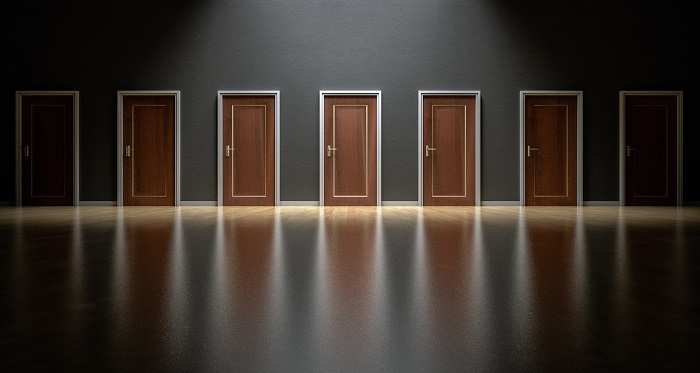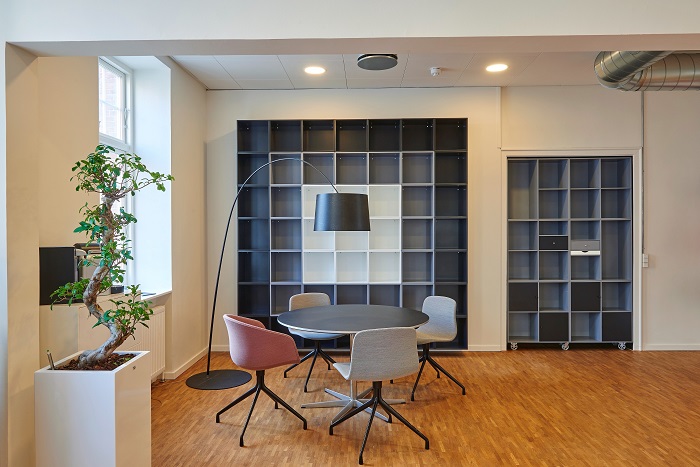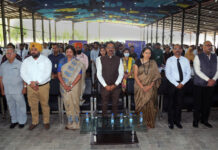In our workforce, we have five unique generations: the Traditionalists, Baby Boomers, Generation Xers, Millennials and the newly graduating Generation Zs. In some organizations, just like Lovely Professional University, colleagues up to 50 years apart in age and professional experience work together.
These generations differ from each other in their expectations and preferences in the workplace. One such difference is workplace design and experience. There is no one-size-fits-all approach to designing a workplace.
Today’s diverse workforce wants to work for companies that accommodate all kinds of work styles with agile, forward-thinking design and flexible, modular workspaces.
Offer options
 As per research, most employees say they are more productive when they change locations. This could be by inviting people to work in your company cafeteria during non-meal hours or adding a few comfortable chairs.
As per research, most employees say they are more productive when they change locations. This could be by inviting people to work in your company cafeteria during non-meal hours or adding a few comfortable chairs.
Provide privacy
 Employees require privacy to accomplish their jobs, especially in an open floor plan office. An entry-level salesperson, for instance, might be more successful if he or she can make cold calls without feeling that colleagues are overhearing.
Employees require privacy to accomplish their jobs, especially in an open floor plan office. An entry-level salesperson, for instance, might be more successful if he or she can make cold calls without feeling that colleagues are overhearing.
Add “in-between” spaces
 Official conference rooms can feel too big and stuffy for a quick, private chat with a colleague. Instead, “in-between” areas like booths can provide the privacy one desires.
Official conference rooms can feel too big and stuffy for a quick, private chat with a colleague. Instead, “in-between” areas like booths can provide the privacy one desires.
Keep in mind that the reason to provide workspace options is to help employees achieve business goals. In other words, we want our workspaces to be as diverse, flexible, and adjustable as we are.
















